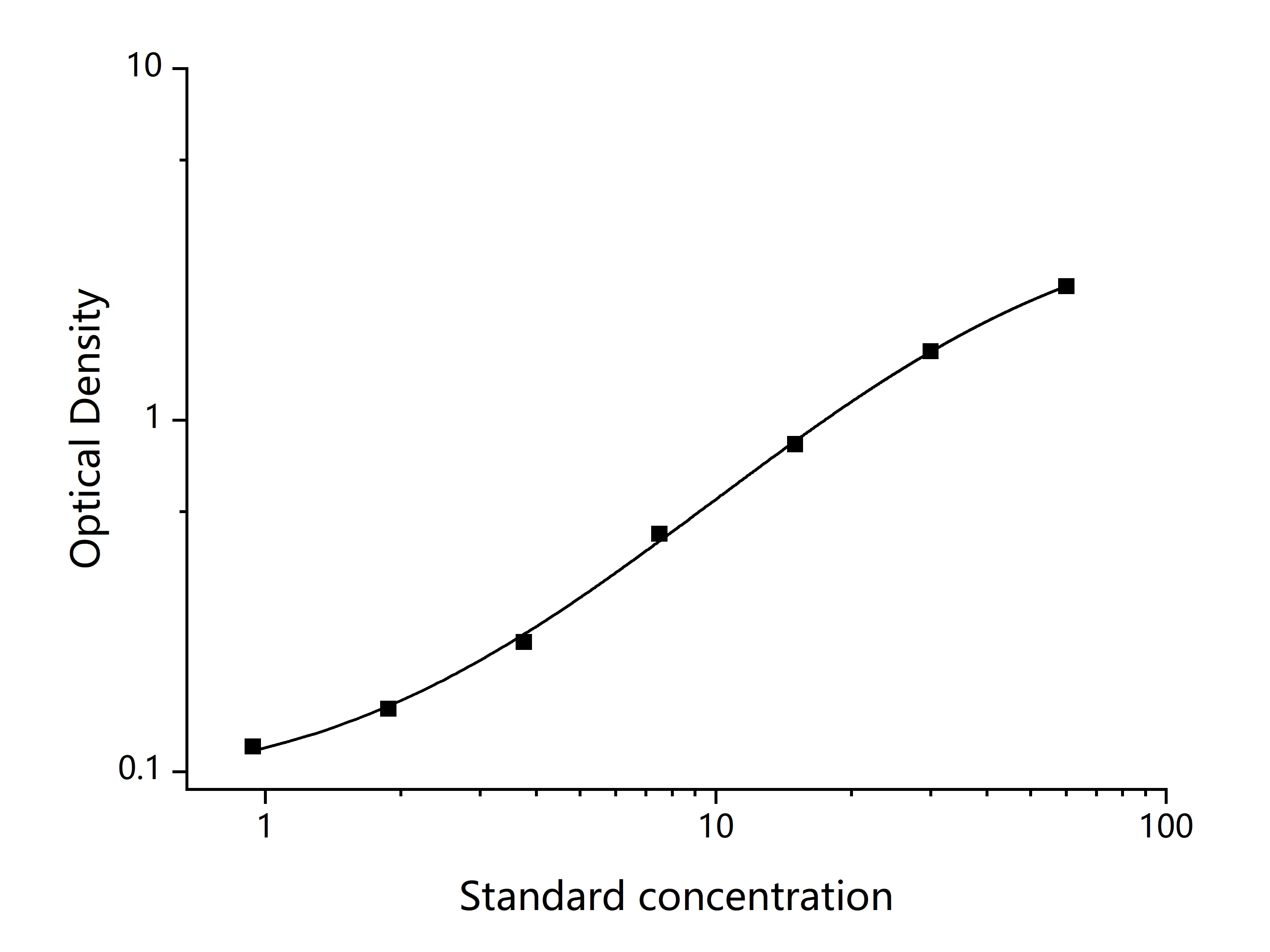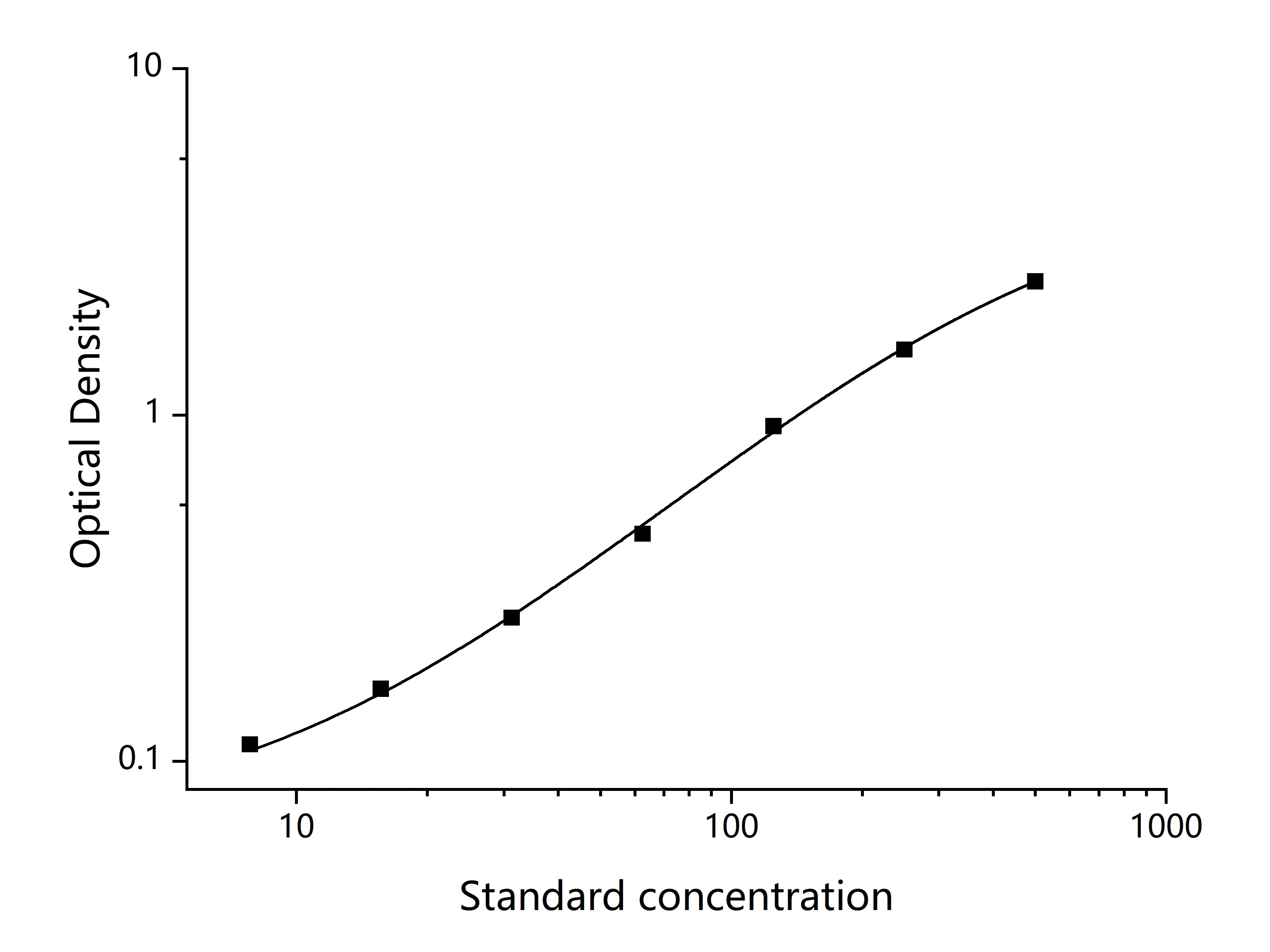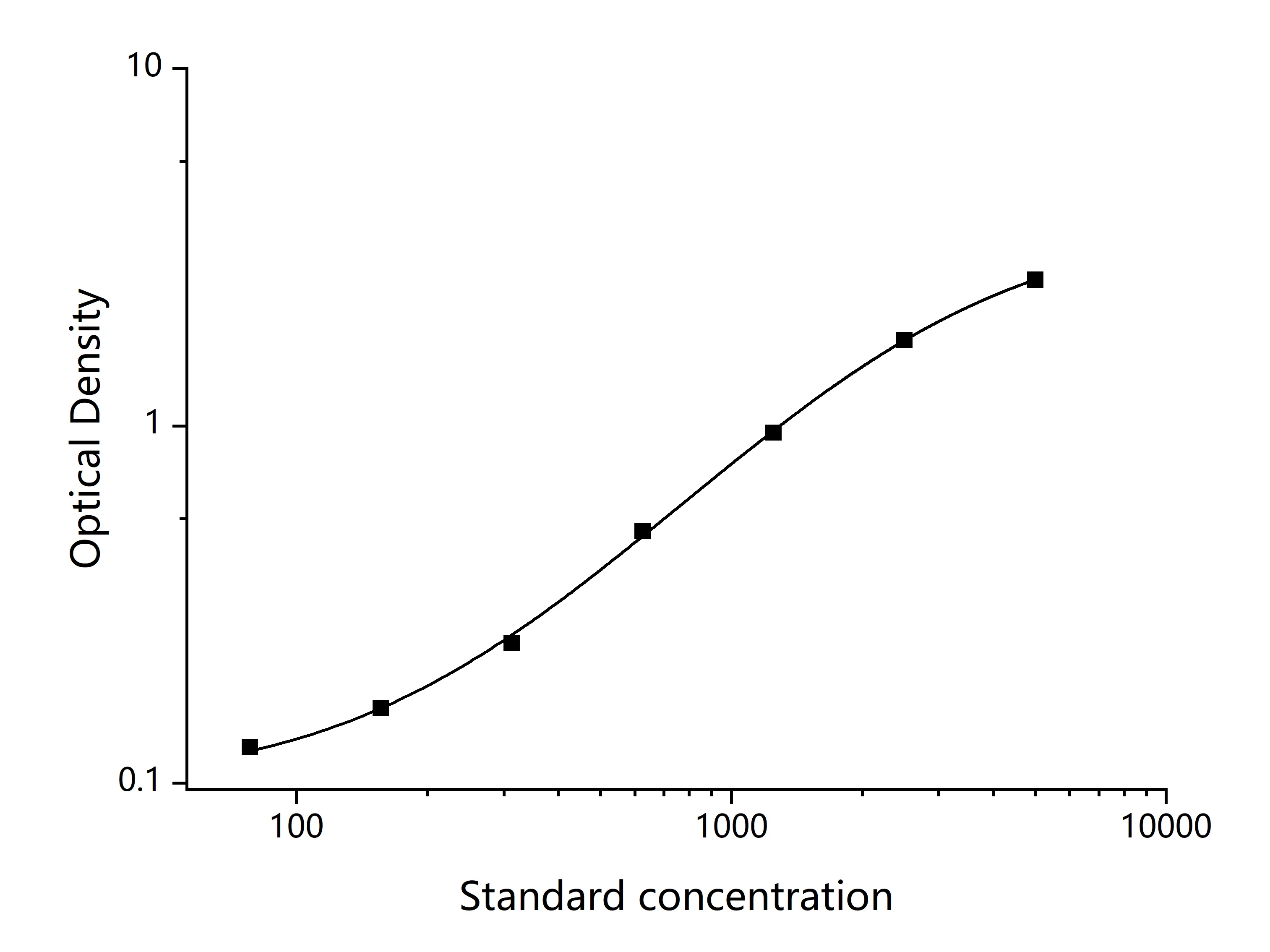INFORMATION
| Full Name | Angiotensin-converting enzyme (ACE) is a zinc-containing dipeptidyl carboxypeptidase widely distributed in mammalian tissues and increases blood pressure by causing blood vessels to constrict. It does that by converting angiotensin I to angiotensin Ⅱ, which constricts the vessels. For this reason, drugs known as ACE inhibitors are used to lower blood pressure. The ACE gene, ACE, encodes two isozymes. The somatic isozyme is expressed in many tissues, mainly in the lung, including vascular endothelial cells, epithelial kidney cells, and testicular Leydig cells, whereas the germinal is expressed only in sperm. Brain tissue has ACE enzyme, which takes part in local RAAS and converts Aβ42 (which aggregates into plaques) to Aβ40 (which is thought to be less toxic) forms of beta amyloid. The latter is predominantly a function of N domain portion on the ACE enzyme. ACE inhibitors that cross the blood–brain barrier and have preferentially select N terminal activity may, therefore, cause accumulation of Aβ42 and progression of dementia. |
|---|---|
| Synonym | ACE1, CD143, DCP, DCP1, ICH, MVCD3 |
| Assay Type | Sandwich ELISA |
| Reactivity | Rabbit |
| Range | 0.31-20ng/mL |
| Sensitivity | 0.19ng/mL |
| Sample Type | Serum, plasma and other biological fluids |
| Sample Volume | 100μL |
| Detection Wavelength | OD450 |
| Reaction Duration | 3.25h |
| Transportation Temperature | 2-8°C |
| Specificity | Specifically binds with ACE, no obvious cross reaction with other analogues. |
| Microplate | 96-wells plate breakable into 12 x 8 wells strip |
ELISA KIT COMPONENTS
Upon receipt, unpack promptly and store as recommended in the instructions.
| Components | Specifications | Storage and Notes |
|---|---|---|
| Micro Plate | 96T: 8 wells×12 strips 48T: 8 wells×6 strips | Unopened: -20°C, 12 months Unused: Put it back in the aluminum foil bag and seal it, store it at -20°C. |
| Reference Standard | 96T: 2 vials 48T: 1 vial | Unopened: -20°C, 12 months Please use freshly dissolved standards for each experiment. Discard any unused standards after dissolution. |
| Biotinylated Detection Ab Concentrate (100×) | 96T: 120μL×1 vial 48T: 60μL×1 vial | Unopened: -20°C, 12 months Unused: Please seal the concentrate and store it at -20°C, and discard the working solution. |
| HRP Conjugate Concentrate (100×) | 96T: 120μL×1 vial 48T: 60μL×1 vial | Unopened: -20°C(Protect from light), 12 months Unused: Please seal the concentrate and store it at -20°C, and discard the working solution. |
| Biotinylated Detection Ab Diluent | 14mL×1 | 2-8℃, 12 months |
| HRP Conjugate Diluent | 14mL×1 | 2-8℃, 12 months |
| Reference Standard & Sample Diluent | 20mL×1 | 2-8℃, 12 months |
| Washing Buffer Concentrate (25×) | 30mL×1 | 2-8℃, 12 months |
| Substrate Reagent(TMB) | 10mL×1 | 2-8°C(Protect from light),12 months |
| Stop Solution | 7mL×1 | 2-8°C/Room temperature |
REQUIRED INSTRUMENTS AND REAGENTS
- Microplate reader (450nm wavelength filter).
- Incubator capable of maintaining 37℃.
- 1.5mL EP tube, absorbent paper.
- Pipette and disposable tip: 0.5-10μL, 2-20μL, 20-200μL, 200-1000μL.
- Double distilled water or deionized water.
ASSAY PROCEDURE SUMMARY
STANDARD CURVE
| STD.(ng/mL) | OD-1 | OD-2 | Average |
|---|---|---|---|
| 0 | 0.072 | 0.086 | 0.079 |
| 0.32 | 0.129 | 0.135 | 0.132 |
| 0.63 | 0.196 | 0.172 | 0.184 |
| 1.25 | 0.297 | 0.269 | 0.283 |
| 2.5 | 0.534 | 0.562 | 0.548 |
| 5 | 1.004 | 0.964 | 0.984 |
| 10 | 1.69 | 1.748 | 1.719 |
| 20 | 2.383 | 2.389 | 2.386 |

RECOVERY
5 different levels of target protein spiked in samples were evaluated for recovery experiments to determine the range of recovery and calculate the average recovery rate.
LINEARITY
5 different levels of target protein spiked in samples were evaluated for recovery experiments to determine the range of recovery and calculate the average recovery rate. Subsequently, the 5 samples were diluted to 2-fold, 4-fold, 8-fold, and 16-fold 10 concentrations, and recovery experiments were performed again to evaluate the range and average recovery rate at different dilution factors.
PRECISION(%)
Intra-assay precision (Precision within an assay): Low, mid range and high levels of the samples were tested 20 times on one plate, respectively.
Inter-assay Precision (Precision between assays): Low, mid range and high levels of the samples were tested on 3 different plates, 20 replicates in each plate, respectively.
| Item | Intra-assay Precision | Inter-assay Precision | ||||
|---|---|---|---|---|---|---|
| Sample | 1 | 2 | 3 | 1 | 2 | 3 |
| n | 20 | 20 | 20 | 20 | 20 | 20 |
| Mean (ng/mL) | 0.92 | 2.86 | 7.67 | 0.92 | 3.09 | 6.99 |
| Standard deviation | 0.05 | 0.15 | 0.41 | 0.06 | 0.13 | 0.24 |
| CV(%) | 5.63 | 5.34 | 5.29 | 6.62 | 4.17 | 3.37 |
STABILITY
Perform stability testing of the kit at 37°C and 2-8°C and obtain relevant data.
| ELISA kit(n=5) | 37°C for 1 month | 2-8°C for 6 months |
|---|---|---|
| Average(%) | 80 | 95-100 |


